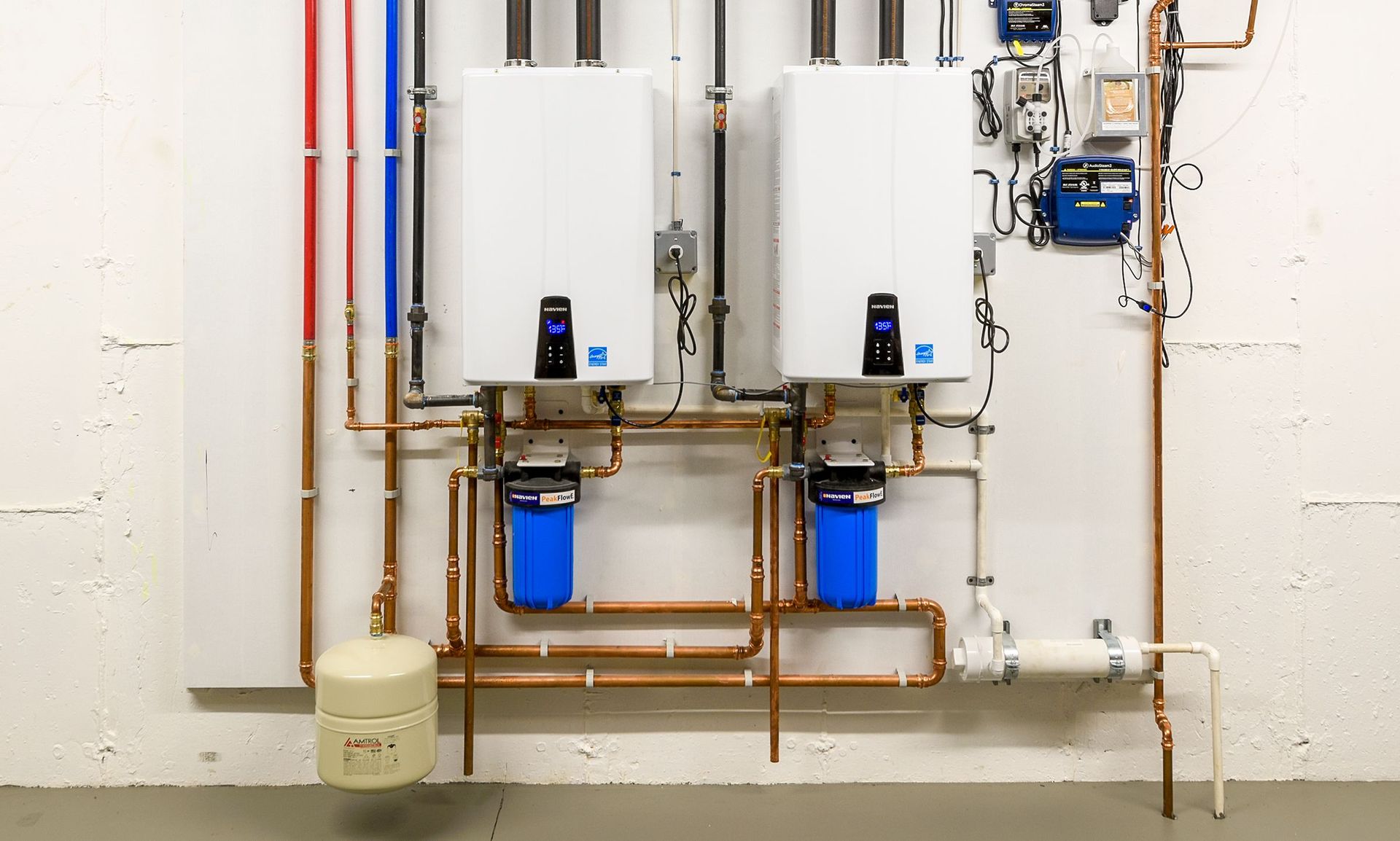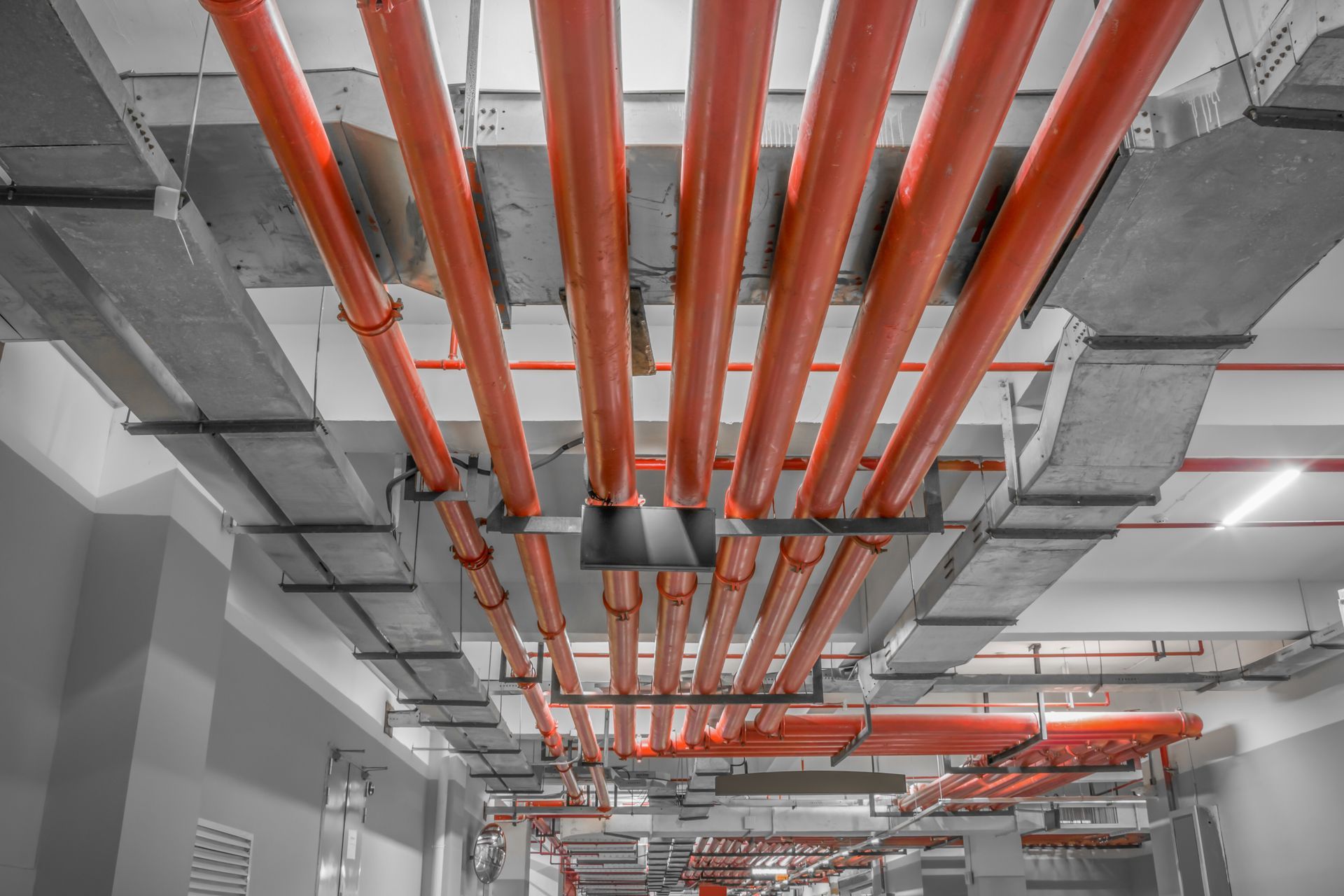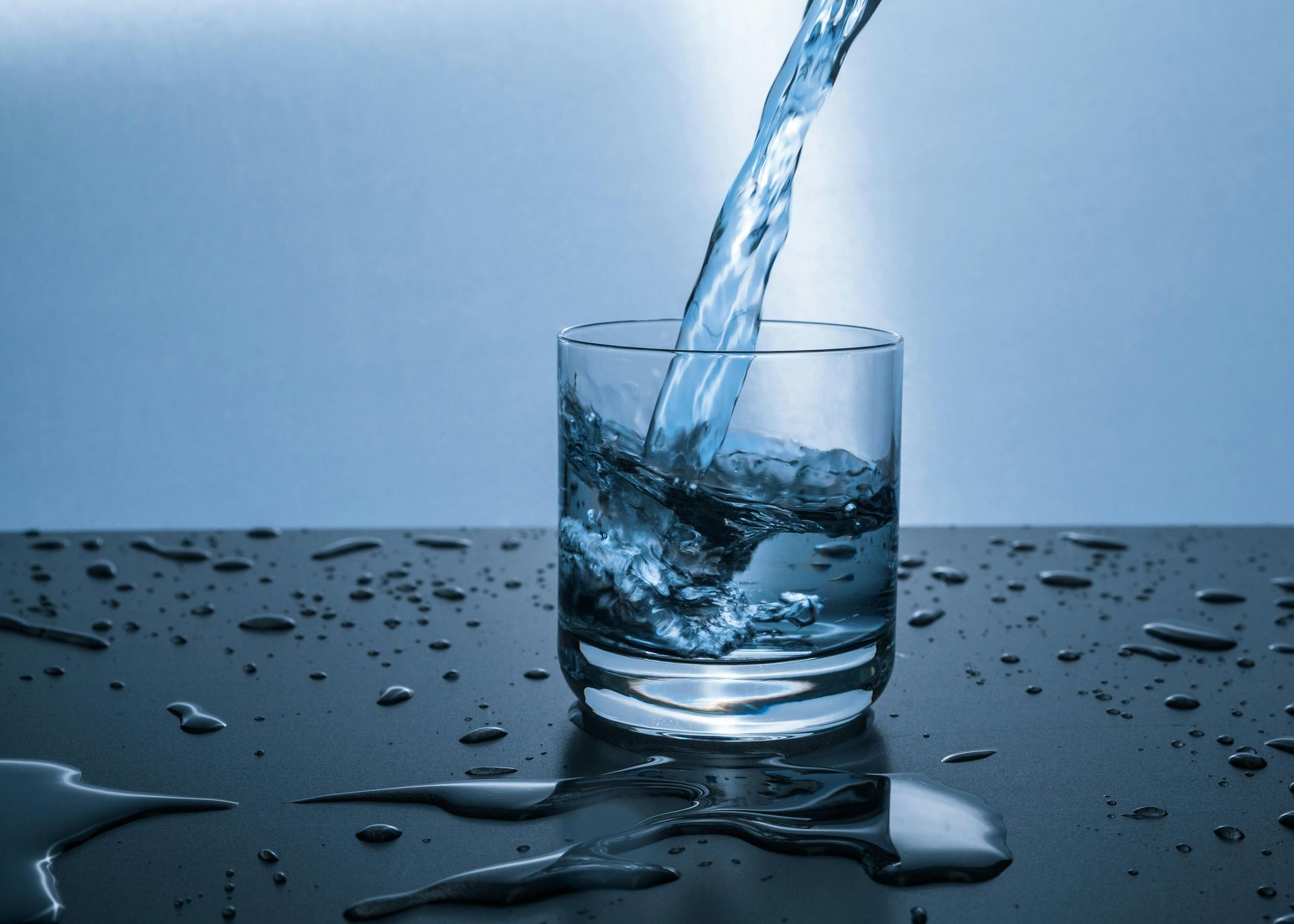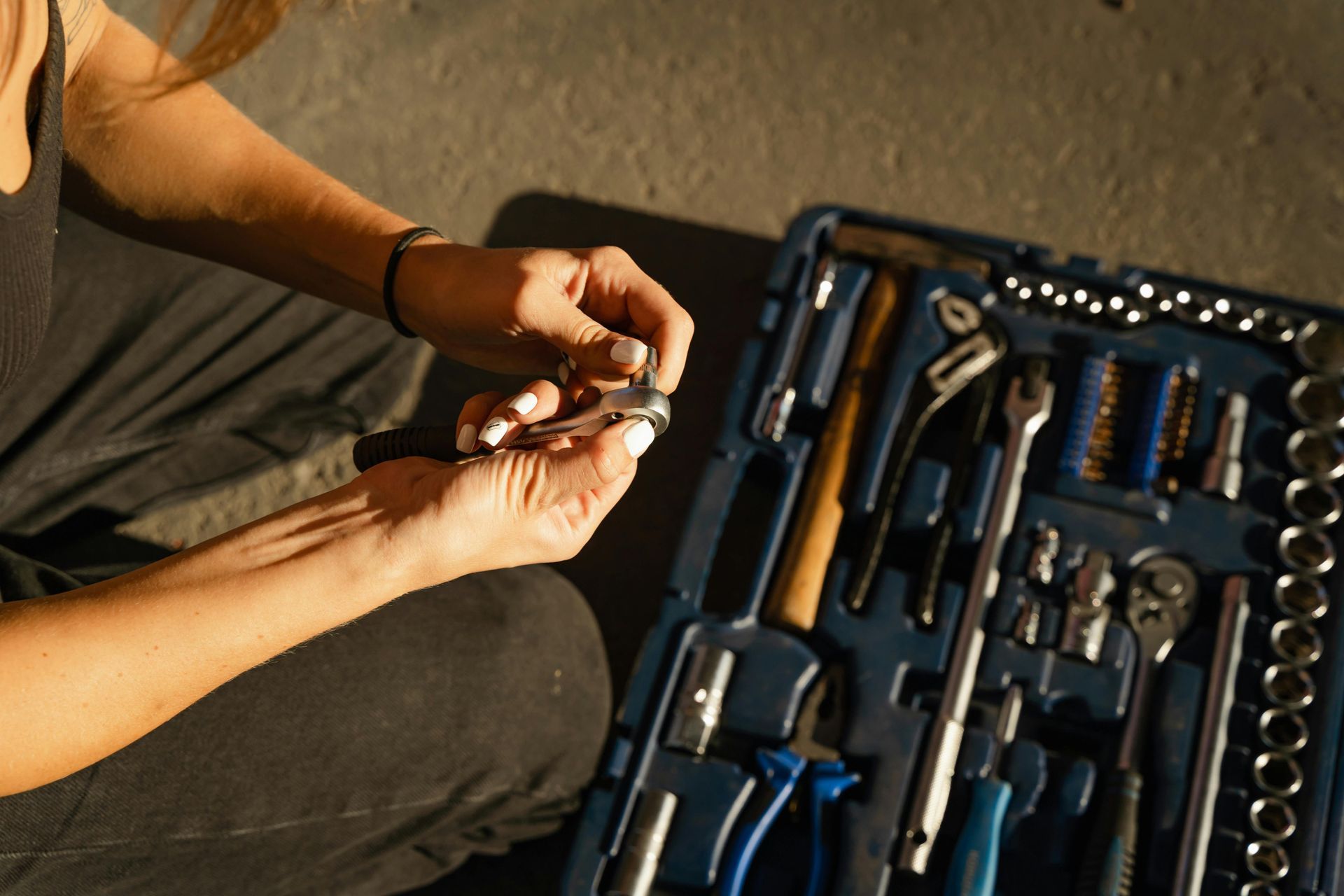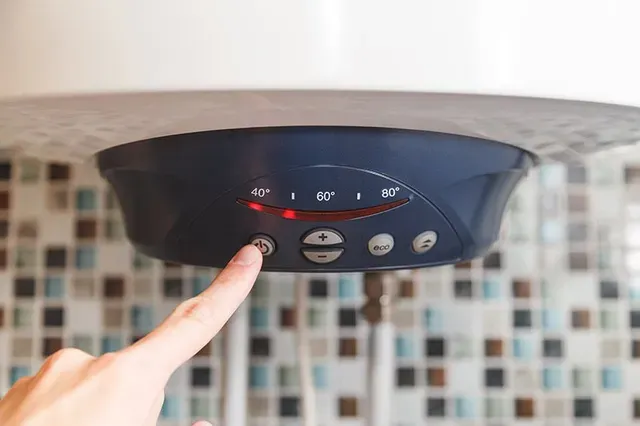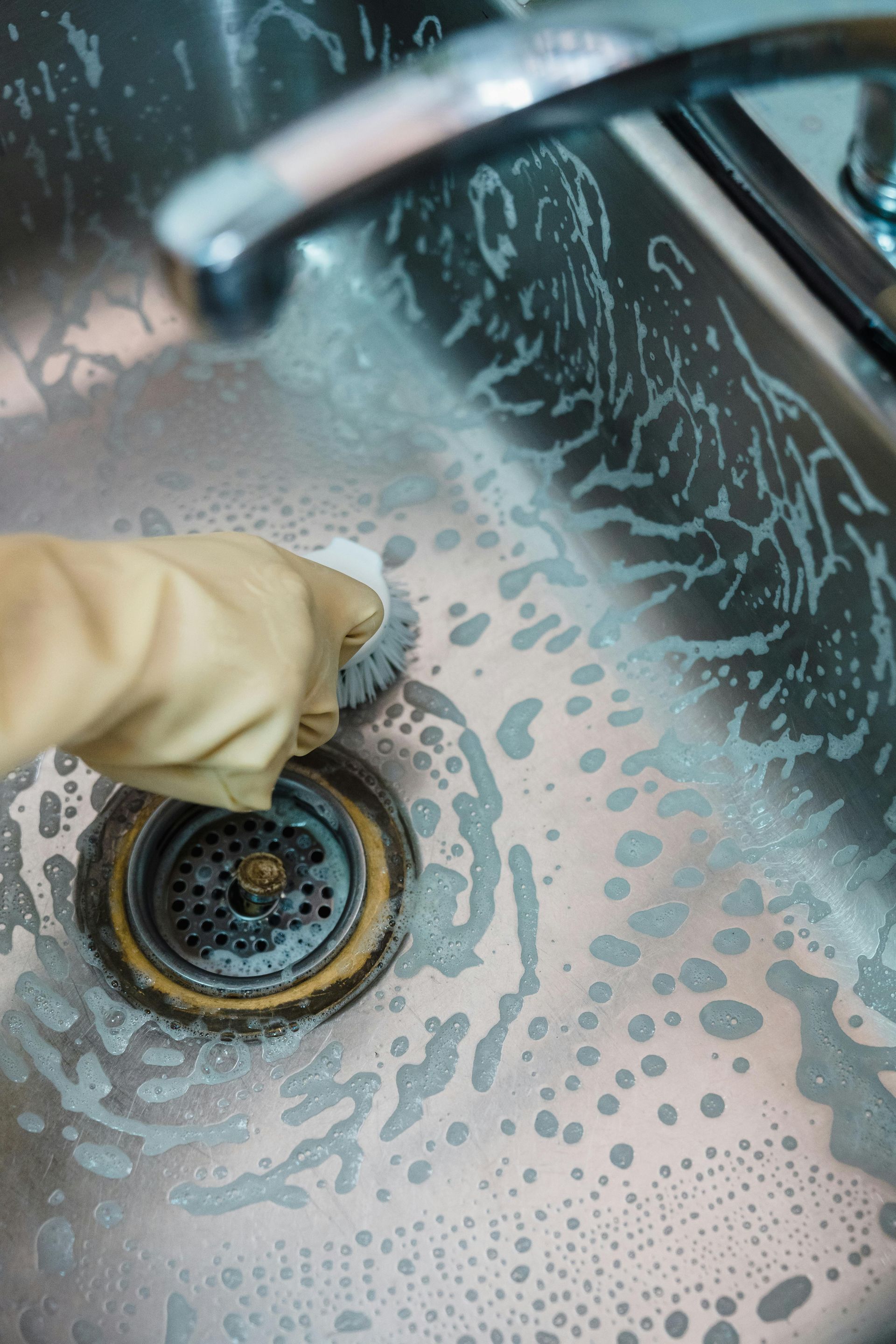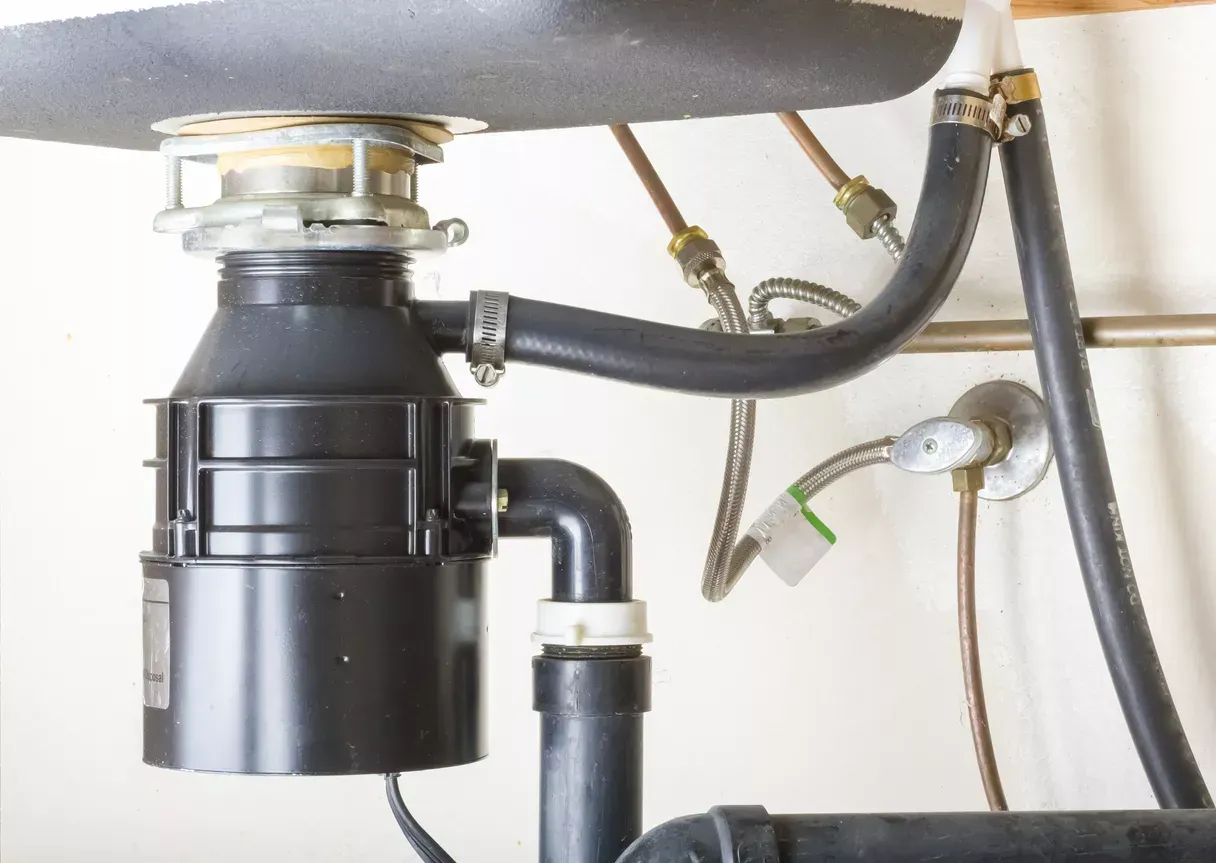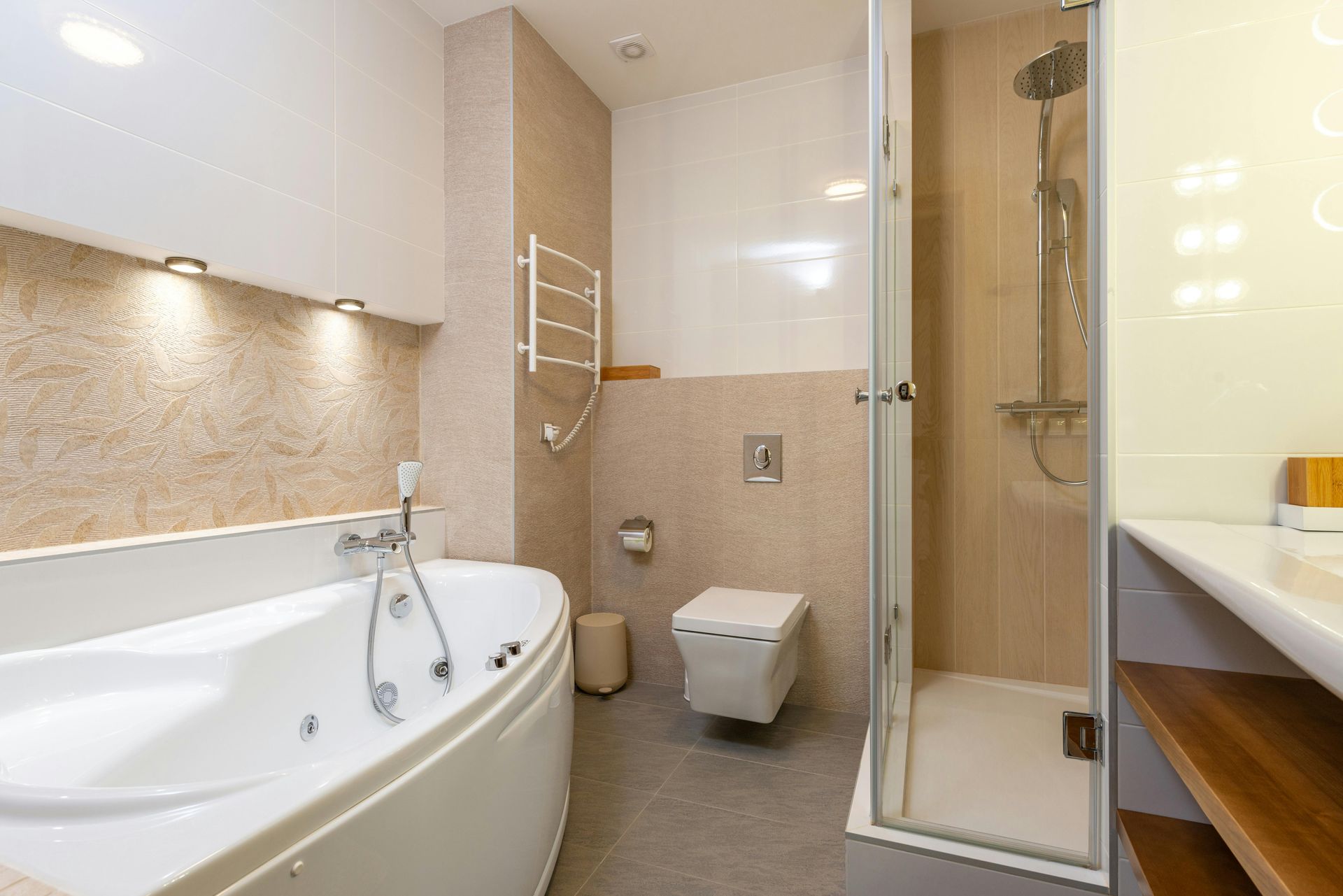5 Signs Your Property Needs Repiping
If your property is more than a few decades old and starting to show signs of plumbing issues, you may be tempted to brush it off as just “one of those things that happen.” But sometimes, those small annoyances are really flashing red lights telling you your home or building is due for a major upgrade—specifically, repiping.
Repiping sounds like a big deal because it is. But ignoring it when your property truly needs it? That can lead to even bigger, costlier, and more destructive issues down the line.
Think of your plumbing system like the veins of your property. If those pipes are corroding, leaking, or under pressure from age and wear, the entire system can begin to break down from the inside. And most of the time, it doesn’t happen all at once—it starts with subtle clues.
In this guide, we’ll walk you through the five most telling signs that your property may be due for repiping, what causes them, what happens if you ignore them, and what you can do to handle the situation effectively.
What Should You Do If Your Toilet Overflows?
1. Discolored or Rusty Water: Your Pipes Are Screaming for Help
One of the first—and most visually disturbing—signs of pipe trouble is when you turn on the tap and get water that’s brown, reddish, or yellow instead of clear. While this might occasionally be due to municipal water line work, if it's a recurring problem in your home, it’s often a sign of corroded iron or galvanized steel pipes.
Corrosion builds up inside old pipes over time, flaking into your water supply. Not only is this unpleasant, but it can also make the water unsafe for drinking or cooking. It also damages water heaters and clogs appliances like washing machines and dishwashers, leading to secondary repairs you didn’t budget for.
Homeowners sometimes try to “wait it out” or flush their systems, hoping the water will run clear. While that might work temporarily, it doesn’t solve the root issue. The discoloration will keep coming back, worsening as the pipes continue to decay.
If the issue is consistent and isolated to your property, a plumber can inspect your pipes to check for corrosion from the inside. Often, the only lasting solution is a full repiping, especially if the entire system is made from outdated materials.
2. Low Water Pressure Throughout the House
If your morning shower feels more like a light mist than a cleansing cascade, it might not be your water heater to blame—it could be your aging pipes.
Over time, mineral deposits, rust, and debris can collect inside pipes, especially in areas with hard water. These build-ups restrict water flow, gradually lowering water pressure in every faucet, toilet, and shower across your home.
This issue doesn’t just inconvenience you. It also strains your appliances. Your dishwasher might take longer to cycle, your washing machine may not rinse thoroughly, and your water heater has to work harder to push water through.
When low pressure is affecting multiple areas, it’s rarely a single clogged pipe—it usually points to a systemic issue.
Some property owners try temporary fixes like snaking drains or replacing aerators, but if the problem is persistent and system-wide, repiping may be the only effective solution. Modern PEX or copper piping can restore full pressure and improve efficiency across your plumbing system.
3. Frequent Leaks, Even After Repairs
One leak is an inconvenience. Two is a warning. But three or more? That’s a clear sign your pipes are failing altogether.
If you’ve had multiple leaks in recent years—or worse, in the same year—you may be dealing with a system that’s simply too old or brittle to continue functioning reliably. Patchwork repairs can only do so much before the cost (and damage) outweighs the benefit.
It’s like putting duct tape on a cracked hose. You might stop the flow temporarily, but you haven't actually fixed the problem.
Leaks can occur due to rust, corrosion, shifting soil, temperature fluctuations, or low-quality materials used in the original construction. And here’s the scary part: not all leaks are visible. Some can hide behind walls, under flooring, or in your yard for weeks before signs like mold, wall stains, or foundation issues begin to appear.
Repiping gives you a clean slate—a chance to install durable materials that can handle modern water pressure, temperature changes, and usage without springing a surprise every few months.
4. Strange Odors or Taste in the Water
Have you noticed your tap water has a metallic taste or smells musty or moldy? That’s not your imagination. It could be the result of decaying pipe interiors releasing particulates and microbes into your supply.
Old iron or galvanized pipes can alter the taste and smell of your water, and in extreme cases, they can also affect your health. Bacteria love to cling to corroded surfaces. When these substances make their way into your plumbing, no amount of filtration will fully eliminate them.
In many older homes, especially those built before the 1980s, original pipes were never designed to last more than 50 years. If your plumbing has never been replaced and you’re noticing unpleasant changes in water quality, it’s time to get a professional assessment.
Repiping your system can not only restore fresh, clean water but also add peace of mind knowing you and your family aren’t consuming water contaminated by decades-old plumbing.
5. Your Property Is 50+ Years Old and Still Has Original Plumbing
Even if you’re not experiencing major plumbing issues yet, age alone can be a compelling reason to consider repiping.
Homes built in the 1950s–1970s often used materials that are now considered outdated or even hazardous, such as lead pipes or polybutylene. These materials were standard at the time but have since been banned or phased out due to durability or health concerns.
Lead pipes, for instance, pose serious health risks, especially for children. Polybutylene, once touted as the "pipe of the future," turned out to be incredibly prone to breaking under pressure or when exposed to common water disinfectants like chlorine.
A thorough inspection from a licensed plumber can determine the materials used in your plumbing. If you’re still relying on these outdated systems, repiping isn’t just smart—it’s essential for your health, safety, and future resale value.
What Happens If You Ignore the Signs? The Hidden Risks of Delay
Delaying repiping can lead to water damage, skyrocketing repair bills, foundation issues, and even mold infestations. And once those problems set in, they’re not just expensive—they’re disruptive.
Imagine tearing out walls or floors to reach leaking pipes in the middle of winter or having to move out temporarily due to mold growth. Those situations often stem from ignored warning signs.
The longer you wait, the higher the cost—not just financially, but in terms of comfort and safety.
How Do I Fix a Leaky Pipe Without Replacing It?
What to Expect During the Repiping Process: A Step-by-Step Overview
Repiping can sound like a big job—and to be fair, it is a significant upgrade. But it’s not nearly as chaotic or disruptive as people imagine, especially when handled by a skilled professional. To ease your worries, here’s a step-by-step breakdown of how the repiping process typically works.
Step 1: Plumbing Inspection and Diagnosis
The process always starts with a thorough inspection of your property’s plumbing system. A licensed plumber will examine your visible pipes, test water pressure, and may even use a camera to inspect areas inside walls or underground. The goal here is to assess the extent of the damage and determine whether partial or full repiping is necessary.
This inspection also helps identify the pipe materials currently in use—especially important if you suspect your home still has lead, galvanized steel, or polybutylene pipes.
Step 2: Material Selection and Planning
Once it’s confirmed that repiping is needed, the next step is planning the project and selecting the right materials. Most homeowners choose between copper (known for durability and longevity) and PEX (flexible, cost-effective, and easier to install in tight spaces). Your plumber will explain the pros and cons based on your property layout and local plumbing codes.
At this stage, the team will map out the most efficient and least disruptive routes to install new pipes. The goal is to minimize cutting into walls and ceilings wherever possible.
Step 3: Securing Permits and Scheduling
Before any actual work begins, the plumber will handle the necessary permits from local authorities. Plumbing work, especially on this scale, usually requires approval to ensure everything meets safety and building standards.
You’ll also work together to schedule the repiping at a time that causes minimal disruption to your daily routine. In many cases, repiping can be done without requiring you to leave the home entirely.
Step 4: Pipe Installation and Wall Access
Now comes the core of the process: installing the new pipes. Depending on the structure of your home, this might involve temporarily opening small sections of walls, ceilings, or flooring. Skilled plumbers use precision tools and techniques to keep this as non-invasive as possible.
The old pipes may either be removed entirely or bypassed, depending on their condition and location. New pipes are run through the designated paths, connecting to all major water points—kitchen, bathroom, laundry area, and outdoor spigots.
If repiping is being done in phases, water will only be shut off in specific areas at specific times. Full water shutdowns are usually brief and planned in advance so you can prepare.
Step 5: System Testing and Quality Check
Once the pipes are installed, the plumber will thoroughly test the new system. This includes pressurizing the pipes to check for any leaks, running water to ensure good flow and pressure, and inspecting all connection points.
This stage is crucial—any issues are addressed immediately before closing up walls or sealing floors.
Step 6: Wall Restoration and Clean-Up
After testing, it’s time to patch up any access points created during the installation. Professional plumbing companies typically offer drywall repair and repainting services as part of the package or coordinate with contractors to get your home looking like new again.
Finally, the work area is cleaned thoroughly. The goal is to leave your space looking untouched—except now, you’ve got brand-new plumbing working silently behind the scenes.
Expert Advice: When Should You Start Planning a Repiping Project?
Plumbers generally recommend repiping every 40–50 years, especially if your property uses older materials or you're seeing two or more of the signs we discussed.
If you’re already investing in home renovations, that’s a great time to include repiping. It’s easier (and more cost-effective) to replace pipes when walls and floors are already being opened for upgrades.
Schedule a comprehensive plumbing inspection every 2–3 years. It might reveal small warning signs you hadn’t noticed yet—saving you thousands in emergency repairs down the line.
Conclusion: Repiping Is a Long-Term Investment in Your Property’s Health
No one wants to deal with plumbing problems—but if you’re starting to see signs like rusty water, low pressure, or frequent leaks, don’t wait for disaster to strike. Repiping isn’t just about fixing what’s broken—it’s about restoring your property’s plumbing to a safe, reliable, and efficient condition.
A properly repiped home improves water quality, increases property value, and eliminates recurring headaches. It’s not just maintenance—it’s peace of mind.
If your property is showing two or more of these signs, consider reaching out to a trusted local plumber for an inspection. You might discover that repiping isn’t just necessary—it’s the smartest upgrade you can make this year.
